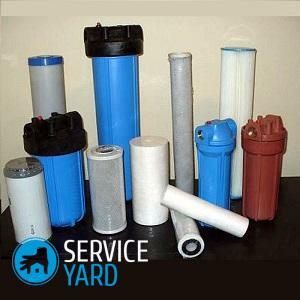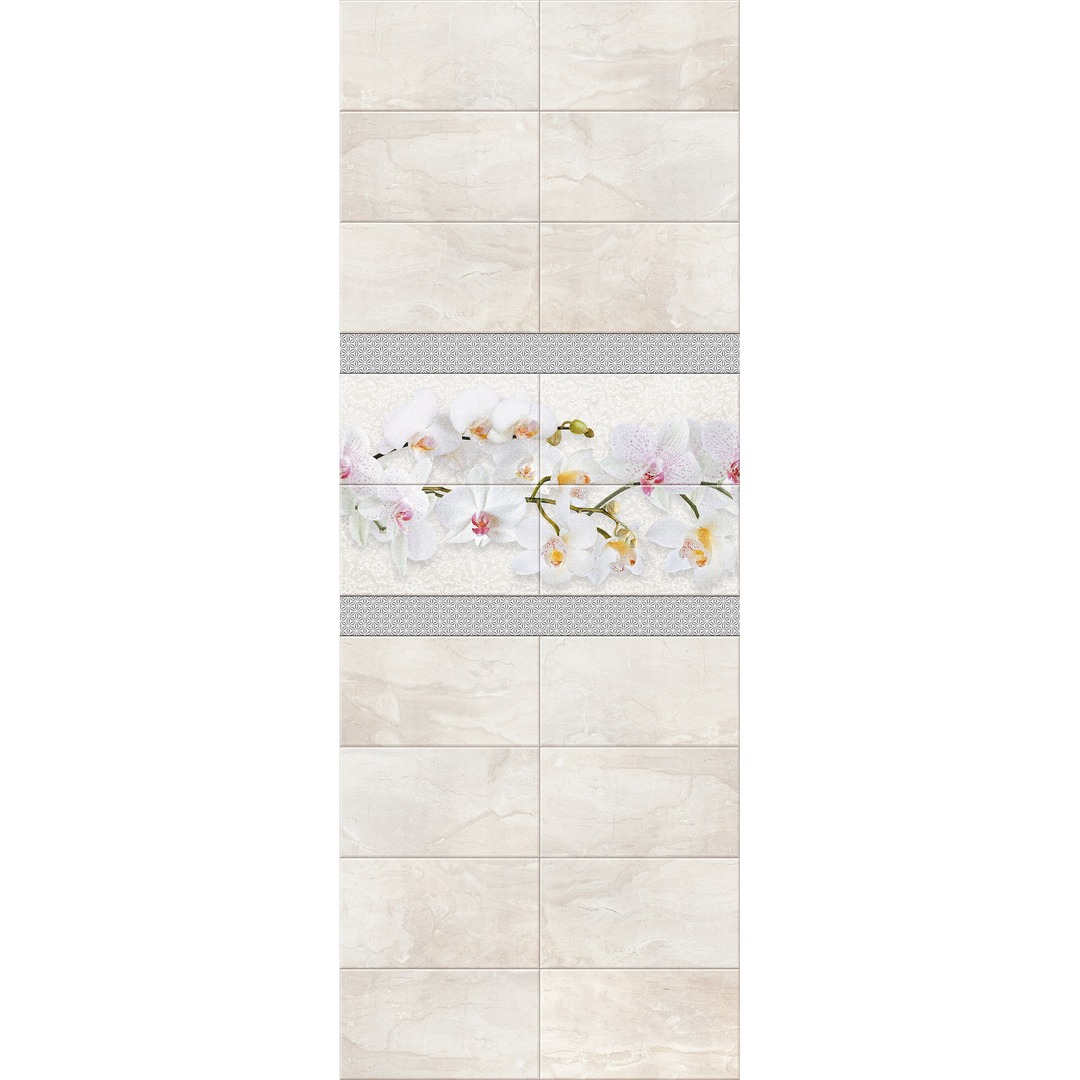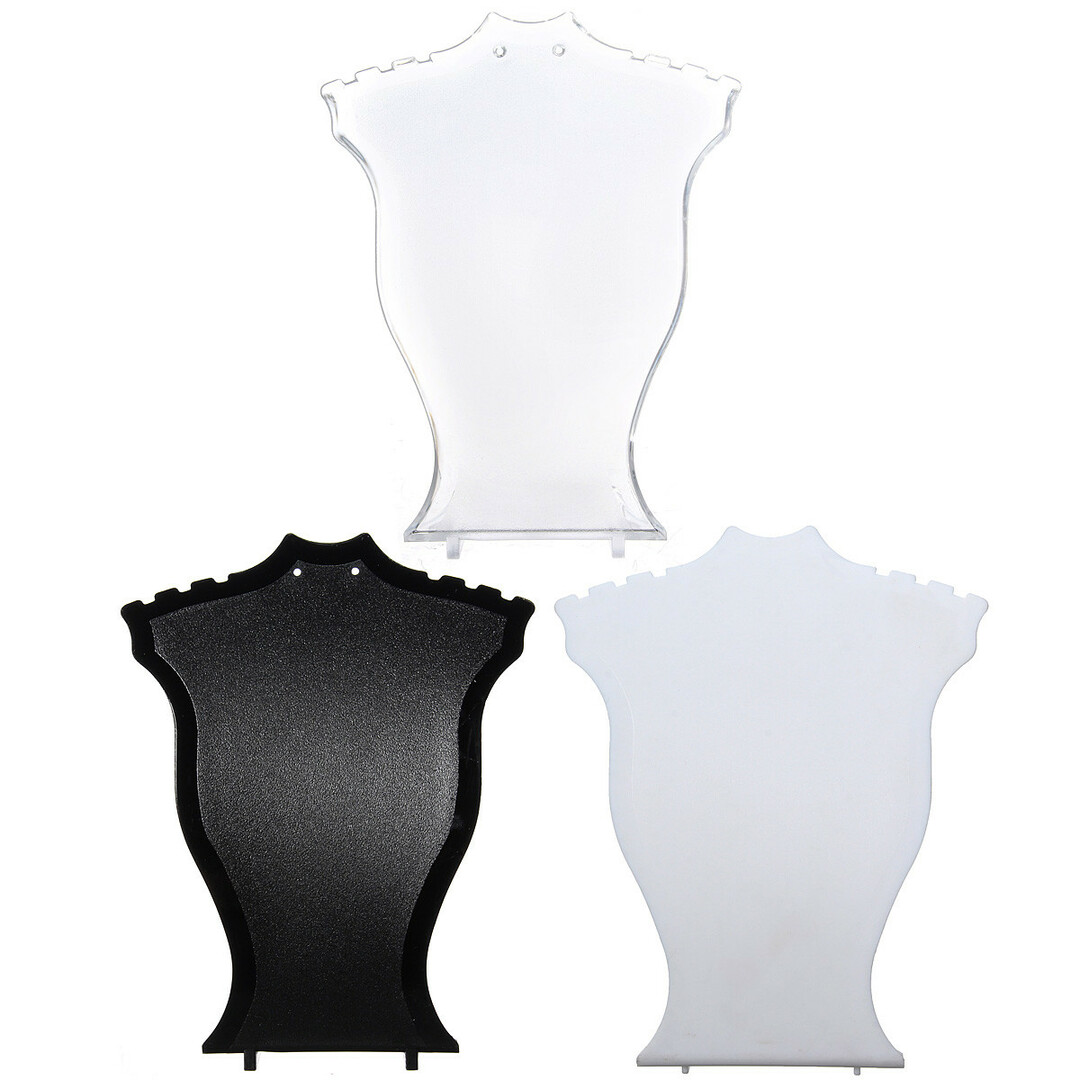
- Types of water purification cartridges
- Osmotic cartridge for water purification
- Membrane water purification cartridge
- Ion exchange water purifier
- Adsorption cartridge
- Principle of operation
- Service life of water purification cartridges
- Sequence of installation
- Rules for selecting a replacement cartridge for cleaningwater:
Tap water is not good enough for drinking and cooking, so even more often owners of private houses and apartments install household filters. In this article, we will look at what kind of replacement cartridges are for cleaning water and which one to choose, so that the tap water becomes suitable for drinking.
to content ↑Types of cartridges for water purification
There are filters of pitcher type that are able to meet the need of the family only in drinking water, and filters installed on the water supply system of an apartment or a house. The last type of cleaning device fully provides the house with quality water, which can be used for both drinking and cooking.
What are the cartridges for water purification?- There are 4 main types:
- Osmotic;
- Membrane;
- Ion Exchange;
- Adsorption;
Let's consider in more detail what each type represents, and also the principle of their operation.
to the contents ↑Osmotic cartridge for water purification
To date, the most effective for water purification is the osmotic type of filter. Install it with a pump and an additional storage tank under the sink. For the entire lifetime of such a filter can clean up to 15 thousand liters of water.
Important! Bottled water, which is sold in stores, passes this type of cleaning.
Principle of operation of the osmotic cartridge
In these replaceable filters there is a cylindrical shaped cloth partition, which divides the water into two streams. The principle of the cartridge is based on the forced dragging of water through this membrane. The pressure that brings the system into equilibrium is called osmotic pressure. Thus, under the influence of this pressure, water, which contains suspended particles and contamination, begins to penetrate through the fabric or polymer membrane.
Important! All contaminants accumulate on the membrane. The design has cells of microscopic dimensions, through which only molecules of water, oxygen and other gases can penetrate.
Cleaning process - steps:
- Mechanical cleaning.
- Removal of dissolved gases and chlorine.
- Cleaning of organic compounds. For this, compressed activated carbon is used.
- Elimination of harmful metals, such as lead and mercury, using a special membrane with a cell diameter of 0.004 microns.
- Water purification with carbon postfilter, after which water is suitable for drinking and cooking food.
Advantages of this filter:
- Provides a constant flow of water at a pressure of 3.5 atmospheres per 2 liters.
- High degree of cleaning.
- The compact dimensions allow to place the filter under the sink without any problems.
Disadvantages:
- The need for the system to be equipped with a storage tank and in the case of low pressure in the main line by the pump.
- High cost of cartridge.
- Relatively low performance.
Membrane cartridge for water purification
This filter is a molecular sieve from the cells in the membrane. The diameter of the cells is equal to the diameter of the water molecule. Thus, only water passes through the membrane, leaving all impurities on the surface. For the service life it cleans up to 15 thousand liters.
Important! Membranes do not allow all organic and insoluble solids to pass through.
How it works
Membrane water purification cartridges come in several forms:
- Mechanical cleaning. The cartridge of mechanical water purification allows to detain grains of large sizes, rust and other large particles due to different pore sizes in a microfilter. Using an ultrafilter, bacteria are removed.
- Sorption. The filter element consists of activated carbon, capable of removing organic impurities, phenolic and chlorine compounds, eliminating odors, organic substances and bringing the color of the liquid back to normal.
- Electrochemical cleaning. Water flows through several chambers, where an oxidation-reduction reaction takes place under the influence of an electric field. Such a process contributes to the complete destruction of microorganisms, the destruction of toxic products, the removal of heavy metal compounds.
- Membrane-reverse osmosis. The operation of the system is based on the principle of thin-film membranes.
Advantages:
- Long service life.
- High degree of water purification( delay of almost 100% of insoluble solid particles, organic and chemical inclusions).
Ion-exchange cartridge for water purification
Such a cartridge is based on the principle of substitution of harmful substances, for example, calcium salts, with less harmful inclusions. Purified water acquires slightly salty taste. The filtration rate is 5 liters per minute.
Important! Before drinking water filtered by an ion-exchange cartridge, you should always consult a doctor. It is not recommended to use this water for people who have heart problems and hypertension.
For its lifetime, the ion-exchange cartridge for water treatment can process up to 200 liters in a jug filter, and in case of installation under the sink - up to 3 thousand liters. 
Principle of operation of
The filter mass in this cartridge is an ion exchange resin. The design of the filter is such that all harmful substances that are present in water - hardness salts, manganese, heavy metal, iron ions, remain in the cartridge, and sodium salts enter the water.
After filtration of water, a direct and reverse flushing is required, which can take about 1.5 hours in time. To remove the dirty residue, the washing line is connected to the sewage system.
Important! Such cartridges for water purification require periodic salt deposition in the tank for the complete regeneration of the ion exchange resin.
Advantages:
- Production of up to 5 liters of water per minute.
- Easily removes harmful compounds and microorganisms.
Disadvantages:
- Short time of effective use.
Important! To extend the life of the ion-exchange cartridge, you must install a sorption or reverse-osmosis module in front of it. In some cases, the addition of strongly acidic reagents is appropriate.
to Contents ↑Adsorption Cartridge
This device is filled with activated carbon. The quality of cleaning gradually decreases with the time of its use. The life of such cartridges is short and if the replacement is not timely, the collected dirt will fall back into the water. The resource of such a filter depends on the design of the filtering system:
- The filter of the pitcher type is up to 750 liters.
- Nozzle for the crane - up to 1 thousand liters.
- Filter under the sink - up to 7.5 thousand liters.
Principle of operation
Activated carbon acts as a filtering element, which removes various odors, improves water color and flavor properties. The porous structure of coal( most often used coal from the coconut shell) helps to remove free chlorine and many organic compounds. The water comes from the top down when cleaning.
To clean the filter element, pressurized water is fed in the opposite direction. The loading mass swells and increases in volume. After settling and cleaning the filter, it is put into operation.
Advantages:
- Easy and quick replacement of the cartridge.
- Transferring the cleaning system to any place is not difficult.
- Low cost.
Disadvantages:
- Small working resource.
- Slow filtration speed.
Service life of the water purification cartridges
The duration of the effective operation of the cartridges depends directly on the degree of contamination of the water and the cleaning volumes:
- It is recommended to change the plug-in modules in the jug-type filters once every 1-1.5 months.
- Ion-exchange cartridges work properly for up to 3 months.
- Membrane elements work with the replacement of 1 time in 2-3 years.
- Reverse osmosis cartridges change on average once a year. Replacement occurs depending on the filtration stages. The first 3 steps in standard five-step devices are replaced every six months. The fourth stage requires replacement every 3 years, and the fifth one - once a year.
installation sequence Since any cartridge requires periodic replacement, it is necessary to know how to install such an element of the filter system.
Procedure:
- First of all, shut off the water supply.
- Using a special faucet that is included in the filter kit, unscrew the flask. Do this very carefully, so that the water does not spill out.
Important! Before performing this action, it is necessary to lower the pressure with a special mechanism. If there is none, then use the tap, which is located after the filter.
- Remove the used filter element.
Important! If the sealing gums are soft, then they can simply be washed and used in the future.
- Drain the remaining water and wash the flask.
Important! In the case when the water supply is completely blocked in the whole apartment, it is necessary to prepare a container with water in advance for washing the bulb. When washing, do not use cleaning powders, since in the future their residues will get to you in water and harm during all stages of filtration.
- Place a new cartridge in the flask.
- Fill the flask with pre-prepared clean water, otherwise - air bubbles can damage the membrane.
Important! If the filter used is not membrane, the air will escape through the tap itself.
- Screw the flask to the stop.
- Check the strength of all connections. To do this, open the water supply.
Important! If there are leaks, it is necessary to tighten the flask more tightly or to replace the rubber sealing ring.
- Within 15 minutes after installing a new water purification cartridge, run water through the filter. Thus various impurities are eliminated.
Rules for selecting a replacement cartridge for water purification:
- A mechanical water purification cartridge with a fineness of 1 or 5 μm is mandatory. It is also desirable that a mechanical coarse filter is installed on the riser that would filter water with a fineness of 10-100 μm.
- If the water is oversaturated with iron, then the cartridge should be selected for iron removal. It must be installed before the mechanical cleaning or have it in its composition.
- In the case of hard water, after mechanical cleaning, 1 or 2 softening ion-exchange cartridges are used.
- Use a carbon cartridge to remove chemical impurities and give good taste to drinking water.
Important! If the water is chlorinated, then the carbon cartridges should be 2-3.
- The last stage of cleaning should include bactericidal additives.
- If the filtration system has less bulbs in its design than the purification steps required, some cassettes must be combined.
Water purification cartridges should be purchased at reliable points of sale and only known brands. Only in this case you will be assured of quality filtration.


